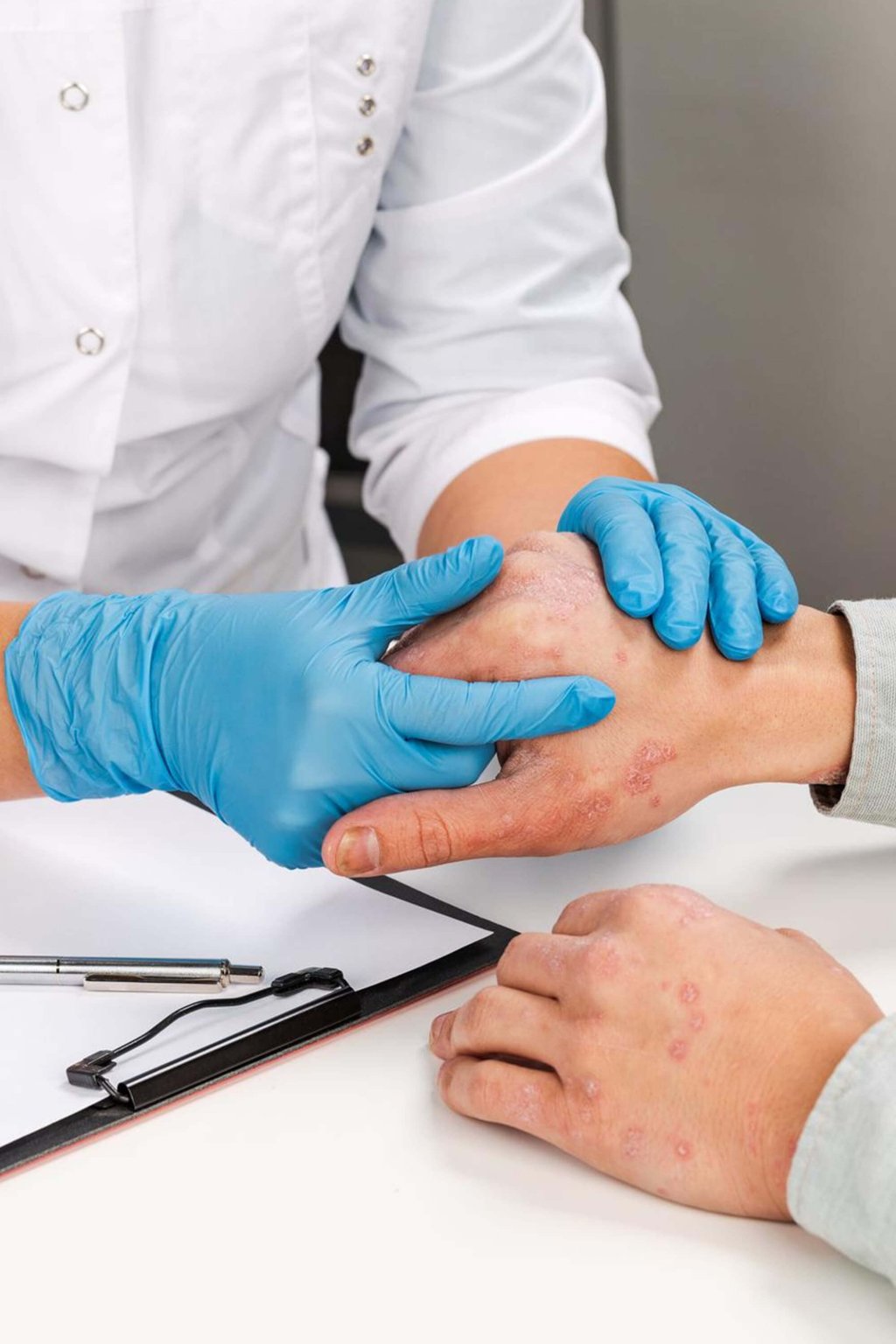Medical Units: Dermatology
General Definition of Skin Diseases
Skin diseases refer to conditions where the structure or function of the skin is compromised. Genetic predisposition, environmental factors, infections, or internal diseases can significantly affect skin health. The types and symptoms of these diseases can vary widely; some may only cause cosmetic discomfort, while others can lead to serious health issues.
Diseases Treated in Dermatology Clinics
Dermatology clinics provide diagnosis and treatment for a wide range of skin problems. Common skin disorders like acne, eczema, and psoriasis, as well as skin cancers and lesions, are treated in these clinics. Modern techniques and pharmaceutical products used in these clinics are vital for the diagnosis and effective management of skin diseases.
Various Treatment Methods for Skin Problems
Hair Loss: Causes and Solutions
Hair loss can be caused by genetic predisposition, hormonal changes, nutritional deficiencies, or stress. Forms include male and female pattern baldness. Treatment options include oral medications, topical minoxidil applications, hair transplants, and PRP (Platelet Rich Plasma) therapy.
Excessive Hair Growth: Causes and Solutions
Excessive hair growth, known as hirsutism, occurs due to hormonal imbalances or genetic predisposition. Commonly used methods for permanent hair reduction include electrolysis and laser hair removal. The most suitable treatment method for each patient is determined by dermatologists.
Scabies: Symptoms and Treatment
Scabies is a contagious skin disease characterized by intense itching and redness, caused by the mite Sarcoptes scabiei. It can be treated with medications, but personal hygiene and environmental cleanliness are also important for controlling the disease.
Laser Hair Removal: An Effective and Safe Approach
Laser hair removal is a specialized technique adjusted according to skin type and hair color for the permanent removal of unwanted hair. The procedure is painless and performed by dermatologists in a controlled manner. It is a popular choice due to its long-term results.
Excessive Sweating: Causes and Treatment Options
Excessive sweating, known as hyperhidrosis, negatively impacts daily life. Treatment options include regional botox injections, surgical therapy, and antiperspirants. The treatment method is determined based on the patient's symptoms, lifestyle, and amount of sweating.
Cosmetic Dermatology: Procedures Supporting Beauty
Procedures that protect skin health and improve aesthetic appearance fall under cosmetic dermatology. Popular cosmetic treatment options include chemical peels, botulinum toxin injections, filler applications, and dermaroller treatments. These procedures can be applied for skin rejuvenation, reducing spots, and tightening the skin.
Effect of Cosmetic Products on Skin Problems and Treatment Process
Unconscious use of cosmetic products can lead to skin sensitivity and dermatological problems. Choosing products suitable for skin type and regular dermatological check-ups are important for maintaining skin health. When used correctly, skin cleansers, moisturizers, sunscreens, and anti-aging products form the foundation of skincare.
Chemical Peels: Skin Surface Renewal
Chemical peels involve exfoliating the skin surface with dead skin cells. Using chemical substances like AHA (alpha hydroxy acids), BHA (beta hydroxy acids), or TCA (trichloroacetic acid), the top layer of the skin is treated. This procedure evens out skin tone, reduces spots and acne scars, and provides a youthful and healthy skin appearance.
Treatment of Skin Spots: Sun Spots and Other Issues
Skin spots can occur due to sun exposure and are often part of the skin aging process. Methods such as laser treatments, cryotherapy, and chemical peels are effective in reducing spots. Early intervention can prevent spots from becoming permanent and provide a younger-looking skin appearance.
Wrinkle Treatment: Methods and Results
Wrinkles are a natural result of skin aging and often form from repetitive facial movements. Non-invasive methods such as botulinum toxin injections and hyaluronic acid fillers are widely used in wrinkle treatment. Cosmetic surgery options can also be preferred for wrinkle treatment.
Botulinum Toxin (Botox) Applications: Effective Wrinkle Removal
Botox injections reduce dynamic wrinkles on the face, providing a younger and fresher appearance. This procedure temporarily relaxes muscles and is effective, especially in areas like the forehead, around the eyes, and between the eyebrows. The process is quick, and its effects last for several months.
Rejuvenation with Filler Injections
Filler injections are procedures applied to areas experiencing volume loss in the skin. Various substances, such as hyaluronic acid and calcium-based fillers, are used. This procedure fills deep wrinkles and volume loss areas (e.g., cheekbones and lips), giving the skin a youthful and plump appearance. Filler injections also help reduce fine lines and wrinkles, enhance facial contours, and improve skin tone. The procedure is usually done under local anesthesia, results are immediately visible, and it provides long-lasting effects, though periodic touch-ups may be necessary.
Disclaimer
This page's content is for informational purposes only and contains general information about health topics. The information provided here should not be used for the assessment or treatment recommendations by a healthcare professional regarding your individual medical condition. If you have any concerns or symptoms related to your health, please consult a healthcare professional for an accurate diagnosis and treatment. Avoid applying treatment or management strategies on your own without seeking professional medical help for any health issues.

